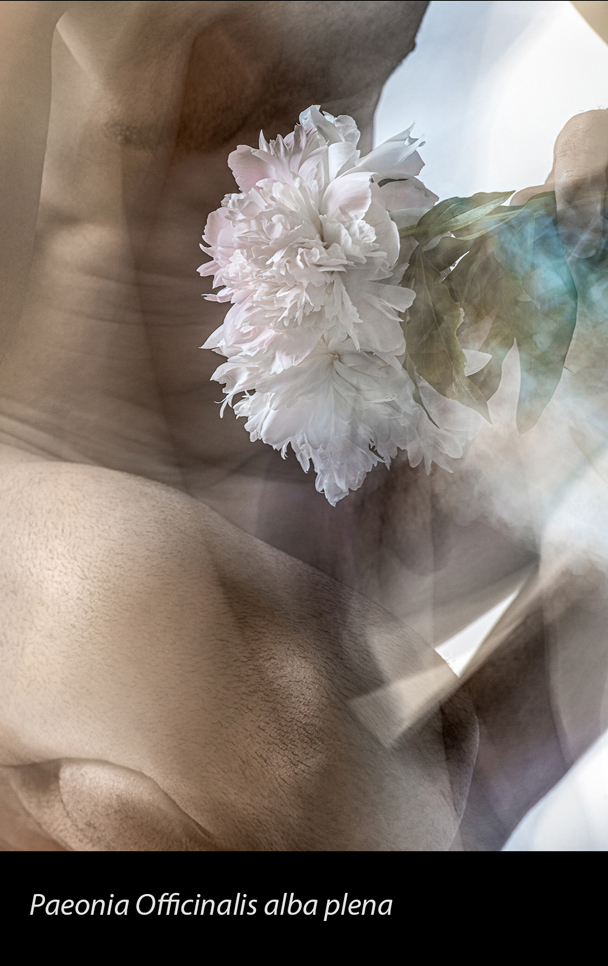In: Femme Folks Fest 2023

Robin Claire Fox | Reflections
March 17, 2023Robin Claire Fox | Reflections
Photography is inherently nostalgic. Every image taken is essentially the capturing of a moment from the past. That moment no longer exists, just the memory of it and an analogue print or a digital impression trapped on an electronic device. Many modern photographers harbour longings for the saturated or contrasty renderings of images made with processes and media (like Kodachrome) long out of use or no longer in production. Quite a few of them try to recreate the look and feel of these processes digitally, running their captures through filters and algorithms to bring back the visual past. While many are overdone (why keep it at 3 when you can dial it up to 10?), there are a few who have mastered the ability to make us believe that we are viewing an image taken decades ago. The evocation of this photographic past is (I believe) an effort to physically reconnect with it in a way that seems familiar, safe and warm… like sitting with your family watching slides projections of photos from a vacation taken years ago.
Ancaster, Ontario’s Robin Fox started taking photographs around the time of the birth of her most recent child as a conscious attempt to document her family’s childhoods for her future self to enjoy. She is a natural at capturing the uncertainties alongside the joys of growing up. A huge fan of Saul Leiter’s colour work, she has found a method of perfectly capturing the deep saturation and contrast Leiter exhibited in his work with Kodachrome and other slide films[1] in the 1950’s. Her images seem imbued with palettes that exist only in the memory of childhood, where everything was so much bigger and the world was awash with primary colours.
Read More
Catherine Mellinger | Whips
March 17, 2023Catherine Mellinger | Whips
Originally from Saskatoon, mixed media collage artist Catherine Mellinger is a valued contributor to the Kitchener-Waterloo Region art scene. A graduate of the CREATE Institute in Toronto, Mellinger states that her work has always centered on her “own personal experience of being a human being.” While stating that she was originally shy and would not “blatantly state things” when it came to her work, Mellinger’s work developed after having children. As her life “exploded and imploded at the same time”, Mellinger explains how her art evolved as she “realized and connected to other feminist artists, other contemporary artists who were not having to hide. They were talking about trauma, mental illness and their personal lives as inspiration.” Today, Mellinger works with the Kitchener-Waterloo Art Gallery and other community organizations and initiatives.
To read more click here.
Read More
Shelagh Howard
March 16, 2023Shelagh Howard | Paeonia Officinalis alba plena
“Genus/species” is a body of work that explores the invisible, all-encompassing power of names, labels, and language.
In 1735, Carl Linnaeus published “Systema Naturae”; his system for identifying and classifying the natural world, still in use today. Names have power.
To name something is to define it, to acknowledge its existence as unique and separate from any other thing. Language informs people whether they are safe and belong. Or not. Cruel words leave hurts in hidden places, removed from easy healing. Words can stigmatize those who are different, marginalize those who need uplifting, dehumanize populations whose needs are inconvenient to those in power.
In “Genus/species”, in lieu of their names or other descriptors of the model pictured, the images are identified by the taxonomic names of the flowers they hold, harkening back to botanical illustrations and Linnaean classification.
Without the backdrop of easy identifiers or assumptions, this work spotlights the exploration of concepts including, beauty, body image, intimacy, loneliness, vulnerability, isolation, and connection through the expression of human flesh.
Shelagh’s work with the male figure explores the rarely seen perspective of the male nude through a woman’s eyes—one that challenges traditional, toxic masculinity in favour of a viewing experience that is genuine, curious, human and humane.
This deliberate conceit in labeling by the artist forces the viewer to decouple easy assumptions from the earthly flesh on display. There are no quick judgements to be made; only questions that unfold in the liminal space between the seen and the unknown: Should the subjects be named or otherwise identified? Would doing so shift our perceptions? Is it our right and our role to cast their shadows into the light for our own comfort? A picture may be worth a thousand words—or a single name—but who is to say which words are right and true?
~ Rita Godlevskis
Read More
Recent Comments